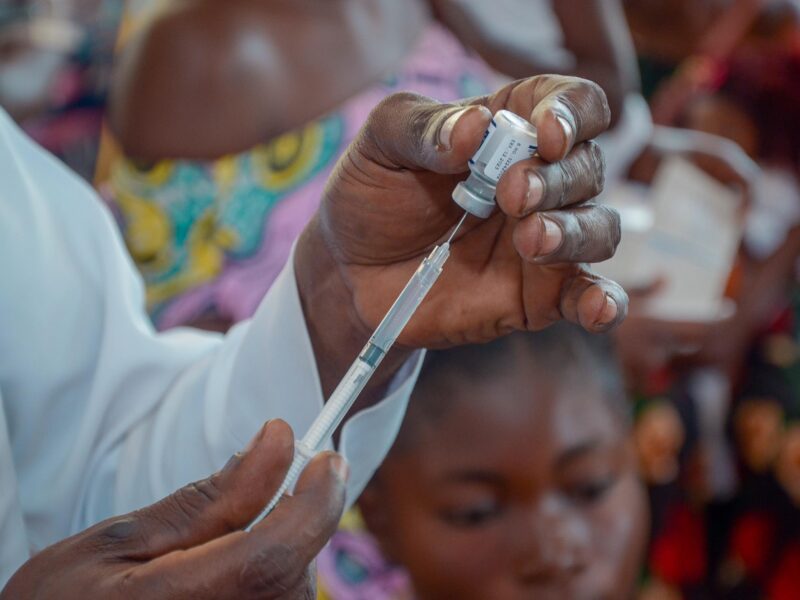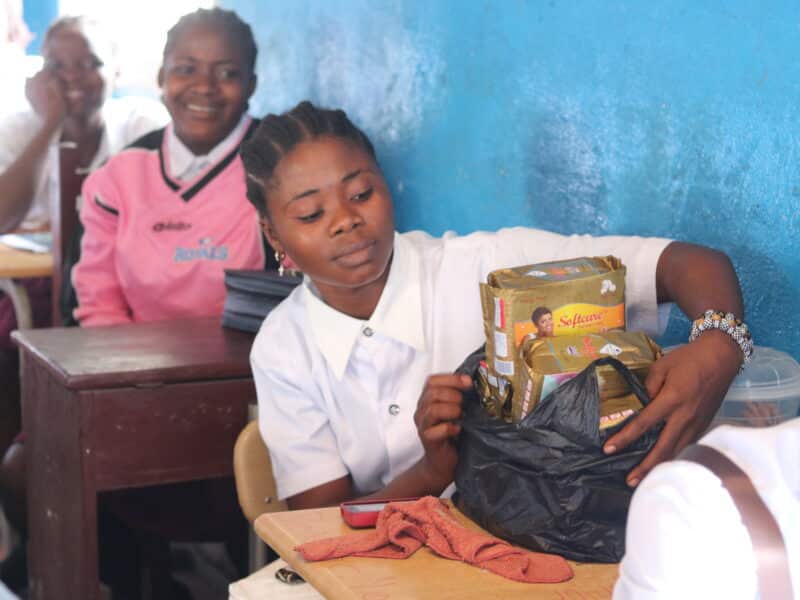A Johns Hopkins Center for Communication Programs’ initiative aimed at men in Mozambique and designed to reduce the stigma surrounding HIV was associated with a significant increase in HIV testing.
A new report, completed by CCP’s HC3 project, found that the more elements of the comprehensive program called Sawa Sawa that a man was exposed to, the more likely he was to be tested for HIV. Sawa Sawa means equality in the local Sena language.
“Ending stigma and discrimination is essential to halting the spread of HIV,” says Beth Mallalieu, MPH, who is focused on HIV programming for CCP. “Stigma has long been a barrier that keeps men from testing and initiating treatment, both to the detriment of their health and potentially that of their partners. Through Sawa Sawa, we have designed an intervention that is feasible, acceptable and effective for both reducing HIV stigma and for improving HIV testing and care for men.”
Sawa Sawa, a multi-pronged program, was implemented from March to December 2017 in the Sofala Province of Mozambique. Community dialogues were held once a week for six weeks with community members living with HIV and those with unknown or negative status. Positive prevention sessions were held twice a week for 3.5 weeks and targeted those living with HIV. Five radio shows and two radio spots were aired to broaden the reach of the intervention as well as a month long community testing drive. A text message system, which sent notifications when someone was referred for testing, rounded out the program.
A survey of more than 3,000 people was conducted before the intervention, highlighting a gender gap in HIV testing (women were significantly more likely than men to be tested) and the reasons why people decided to test or not. Men who reported any stigma toward people living with HIV, for example, were 36 percent less likely to have been recently tested for HIV.
A total of 9,175 people were involved in the dialogues and prevention sessions. As a result of the program, 2,107 people were tested, 78 percent of whom were men. Among the men, 4.5 percent were newly diagnosed. All were referred for antiretroviral therapy (ART).
A survey conducted after the intervention in early 2018 of 2,447 participants found that 60 percent of the population in the targeted communities were exposed to at least one Sawa Sawa activity.
Sixteen percent of the population of people living in these communities were tested. Of those, 40 percent were tested for the first time.
Raimundo Virgilio Rafael Rago, 37, was diagnosed in 2005, but was always too ashamed to take his medication. After participating in a session, he realized that this stigma about his own illness was only making him unwell.
“Because of Sawa Sawa discussions, I learned that anyone can have HIV and that the only way to know who has it is to [take the test],” he said. “In addition to helping me get on treatment, I helped my neighbor to do the test, I helped my cousin to disclose her condition … Today, I accept my condition and I am no longer ashamed.”
The researchers found that the intervention increased the odds that men would be tested for HIV by 32 percent. The odds of testing increased threefold among men who were exposed to two components of the program and 22 times among those who were exposed to three components as opposed to those exposed to none. Further, evidence suggests that the intervention improved treatment outcomes for men as well.
“Sawa Sawa is a low-cost intervention that provides comprehensive results,” Mallalieu says. “Evidence suggests that interventions to increase HIV testing won’t be successful without efforts to reduce stigma and increase access to HIV prevention and care information, which is what this program does so well.”





